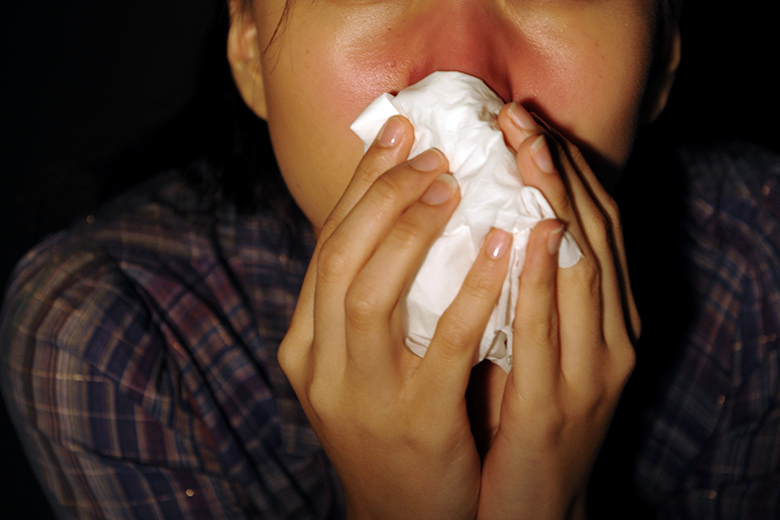More people down with flu - but it's normal for this time of year
Sign up now: Get ST's newsletters delivered to your inbox

A higher number of people coming down with influenza and the common cold is a normal phenomena at this time of the year.
PHOTO ILLUSTRATION: ST FILE
Follow topic:
SINGAPORE - The Wuhan outbreak, caused by a still unidentified virus, has heightened anxiety levels among people in Singapore as a higher number of people come down with influenza and the common cold.
But the trend in Singapore is a normal phenomenon at this time of the year, and nothing to worry about, said Dr Shawn Vasoo, acting clinical director of the National Centre for Infectious diseases (NCID).
He also gave the assurance that it is not the result of a new bug that has surfaced. He said: "Our National Public Health Laboratory sub-types and monitors Influenza virus strains in Singapore."
According to Ministry of Health (MOH), four out of five flu cases in Singapore are caused by the A(H1N1) virus. This virus overtook the B virus last month in the number of infections it caused. Earlier in the year, it was the A(H3N2) that was prominent.
The current flu vaccine protects against all three strains.
Dr Vasoo recommends getting vaccinated - especially for the elderly, the very young and people with other illnesses that make them more susceptible.
The flu vaccine gives about 60-70 per cent protection, he said.
Unlike temperate countries where flu tends to strike during winter, in Singapore it occurs year -round. But Dr Vasoo says there tends to be slight peaks during the winter periods in both the northern and southern hemispheres - or around this time, and mid-year.
Generally, more people with a fever, cough and/or a sore throat have the common cold than the flu. But currently, about 54 per cent of people with flu-like symptoms do have the flu, when usually it's less than half.
In the week from Dec 29 to Jan 4, polyclinics saw an average of 3,842 patients a day with acute upper respiratory infections. This is higher than the median over the past five years which was 2,822, according to MOH data. Of the 3,842 cases, 3.4 per cent had flu-like illness.
The symptoms of a cold and the flu overlap, but are usually more severe if it is the flu. Both are easily spread through microscopic droplets when an infected person coughs, sneezes, talks or even just breathes out.
The United States Centres for Disease Control and Prevention says a sneeze can spread the virus two metres away. Not only that, it can linger in the air for hours, especially in cool environments.
Dr Vasoo said people who are sick should take medical leave and rest at home to prevent spreading the disease.
He added: "If you are working and you have a mild cold, it is good practice to wear a disposable, surgical face mask."
Doctors should not give antibiotics for the flu or cold unless the person also has a secondary bacterial infection, he said. This is because colds and flu are caused by virus and not bacteria, which antibiotics treat.
The MOH said it is closely monitoring the flu situation.
To reduce the spread of the flu, the MOH urges people to:
- Wash hands with soap before eating and after going to the toilet;
- Cover mouth and nose with a tissue when coughing or sneezing, and throw the tissue away into a bin immediately;
- Stay home from work or school when sick, and wear a mask if going out; and
- Avoid sharing food/drinks, eating utensils, toothbrushes or towels with those who display symptoms of influenza.

